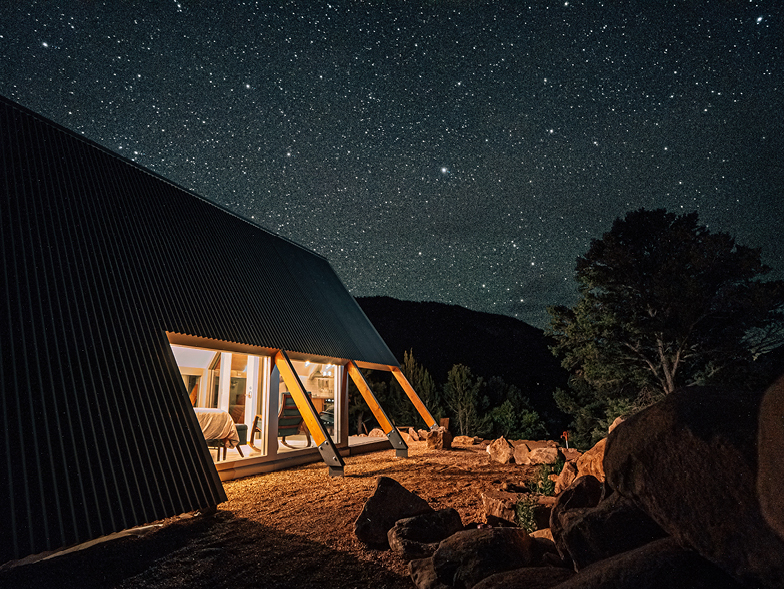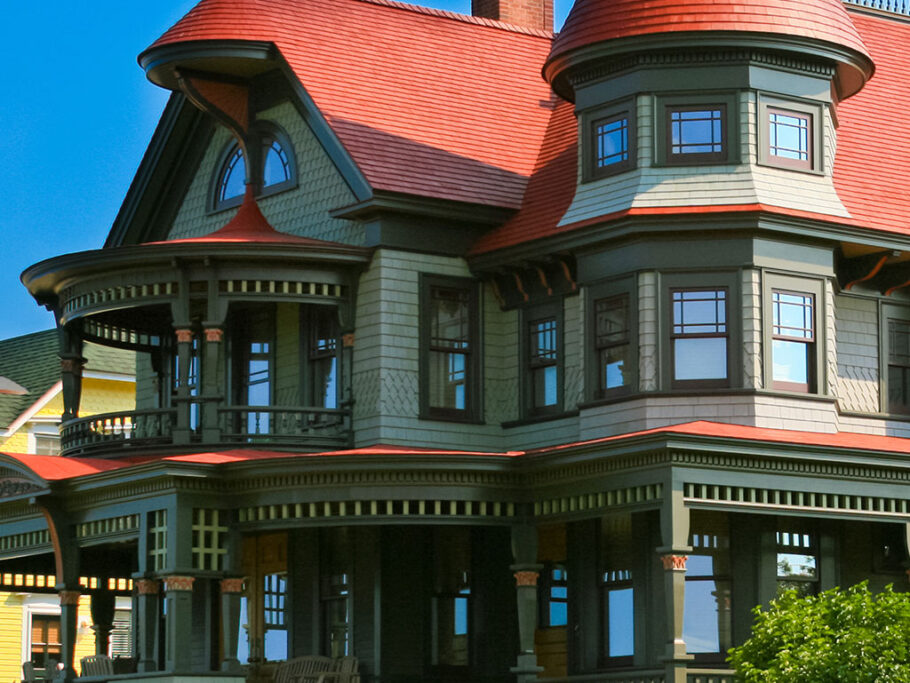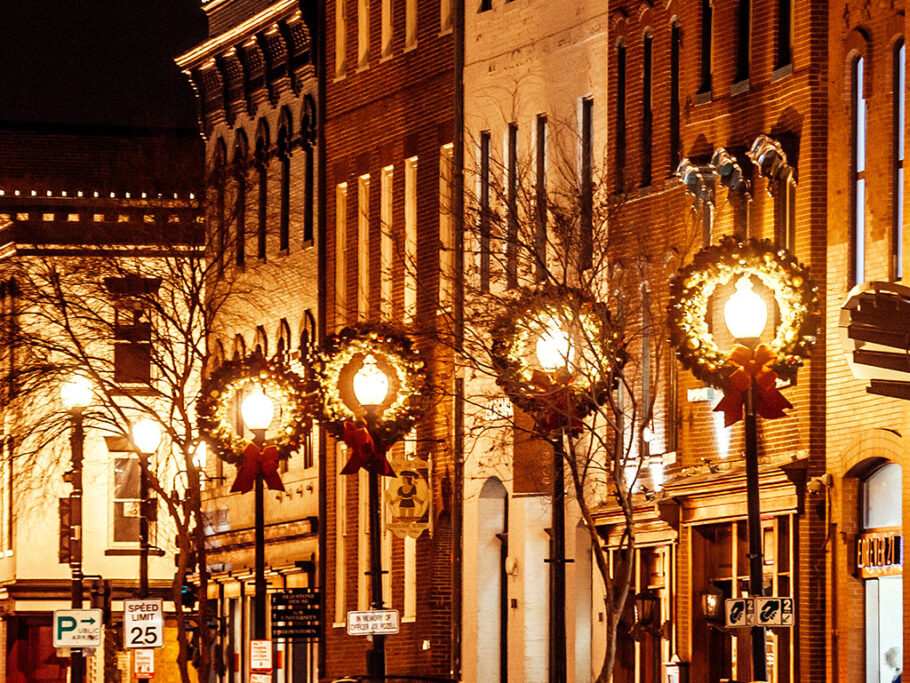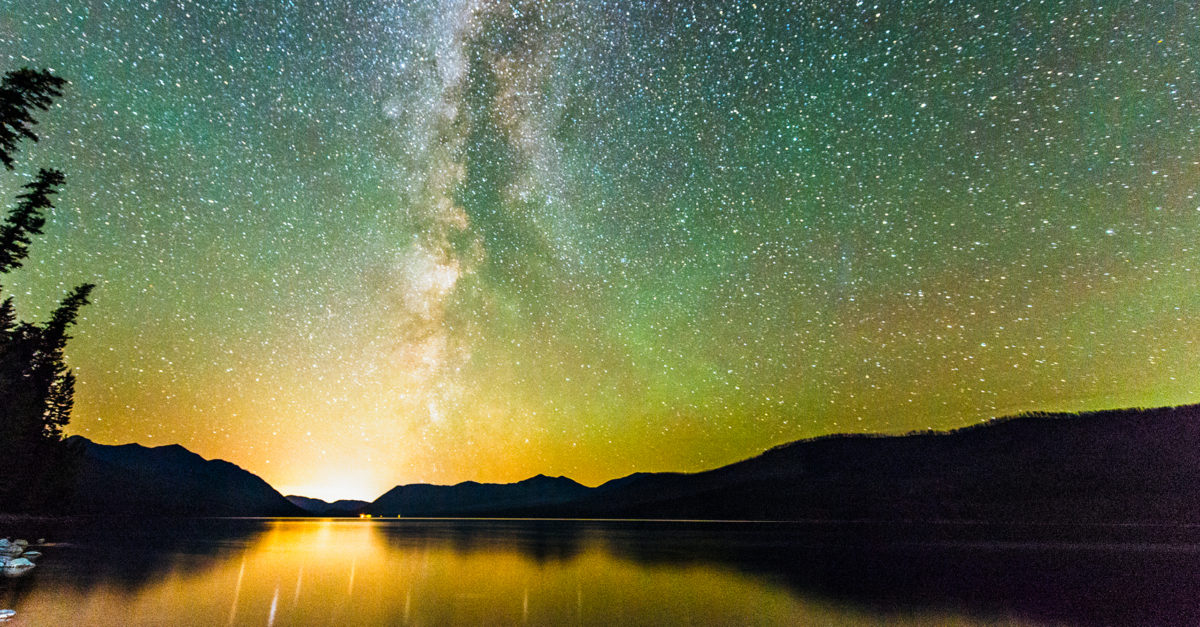Spectacular Stargazing Sites
“The sight of the stars always makes me dream.” —Vincent van Gogh
Like van Gogh, I’ve always loved looking at the stars. To this day, if I am outside in my yard on a clear night, I’ll make sure to spend a few minutes gazing upward. As it turns out, though, by living in a metropolitan suburb my entire life, I haven’t really been looking at the stars—as much as I could be, anyway.

Bettymaya Foott, the director of engagement for the International Dark-Sky Association (IDA), has had the opposite experience. Growing up in rural Utah, she spent countless nights lying on her trampoline and looking up at a sky filled with stars as far as her eyes could see, as well as heavenly bodies like the Milky Way. The difference? She grew up and still lives in a dark-sky area of the country.
If you’re willing to travel, there are dozens of such places throughout America to truly witness the awe-inspiring night sky. Designated by the IDA, there are a total of 195 certified dark-sky sites across the globe. And the experience is like … well, night and day. You can see around five hundred stars from dusk until dawn in an urban area affected by light pollution, but in an official dark-sky area, the number of visible stars can expand to 15,000—making these places must-see destinations for young and old alike.
Before you go
So how should you begin your stargazing adventure? The best first step is to visit the IDA website, which features a map of International Dark-Sky places across the country. “Look up events hosted at dark-sky parks near you, or just go on your own self-guided tour of the night sky,” Foott suggests. “I would also recommend using one of the many free planetarium apps that tell you what constellation, star, or planet you’re looking at when you point your phone to the night sky. It’s really fun.”

Where to go dark
Most dark-sky areas are clustered in the western third of the country, but you can find them from coast to coast. Not surprisingly, the majority are in a national or state park. Here are just some of the notable star-filled sites where seeing is believing.
Cherry Springs State Park (Pennsylvania)
The only dark-sky area in the Northeast part of the country outside of Maine, Cherry Springs’s stargazing field can be found atop a 2,300-foot mountain in the northern part of the state.
Big Cypress National Preserve (Florida)
The southernmost dark-sky area in the country, Big Cypress holds free educational events for the public including a ranger-led astronomy program and constellation tours.
Big Bend National Park (Texas)
Big Bend holds the distinction of having the least light pollution of any national park unit in the continental United States, so you’ll find some of the darkest night skies here.
Glacier National Park (Montana)
Glacier National Park is unique in that it has a dark-sky sister park, Waterton Lakes National Park, about an hour across the Canadian border, allowing you to double up on your dark-sky experience.
The Colorado Plateau
Foott highly recommends this area for a scenic stargazing adventure. “Here you have a juxtaposition of the incredible night sky and the beautiful rolling canyons, arches, red rocks, and rivers. It’s the coolest combination in the world,” Foott says. “It’s also one of the darkest places in the continental US and one of the best places to recreate. It’s very well-known globally as a dark-sky place.”
To Foott’s point, the Colorado Plateau, a 240,000-square-mile expanse that includes parts of Colorado, Utah, Arizona, and New Mexico, offers a plethora of dark-sky locales with breathtaking settings. Some notable places to consider include Chaco Culture National Historical Park in New Mexico; Colorado’s Mesa Verde National Park, the world’s one-hundredth dark-sky park; Grand Canyon National Park in Arizona; and Utah’s Natural Bridges National Monument, the first-ever dark-sky park named by the IDA. (“It’s super dark and super beautiful,” Foott adds.)
Joshua Tree National Park (California)
Located in the Southern California desert, Joshua Tree is an excellent place for stargazing in part because the park is located 5,000 feet above sea level. It’s recommended that you travel to the east end to see the stars because it’s 300 miles from the nearest city, making the area ultradark.
The night sky is a constant source of awe and inspiration, but you may need to travel some distance to experience it in all its glory. By stargazing at a dark-sky location, you’ll give yourself access to not only the infinite vastness of the cosmos but also the endless wonder that accompanies it.
For more info, visit darksky.org























